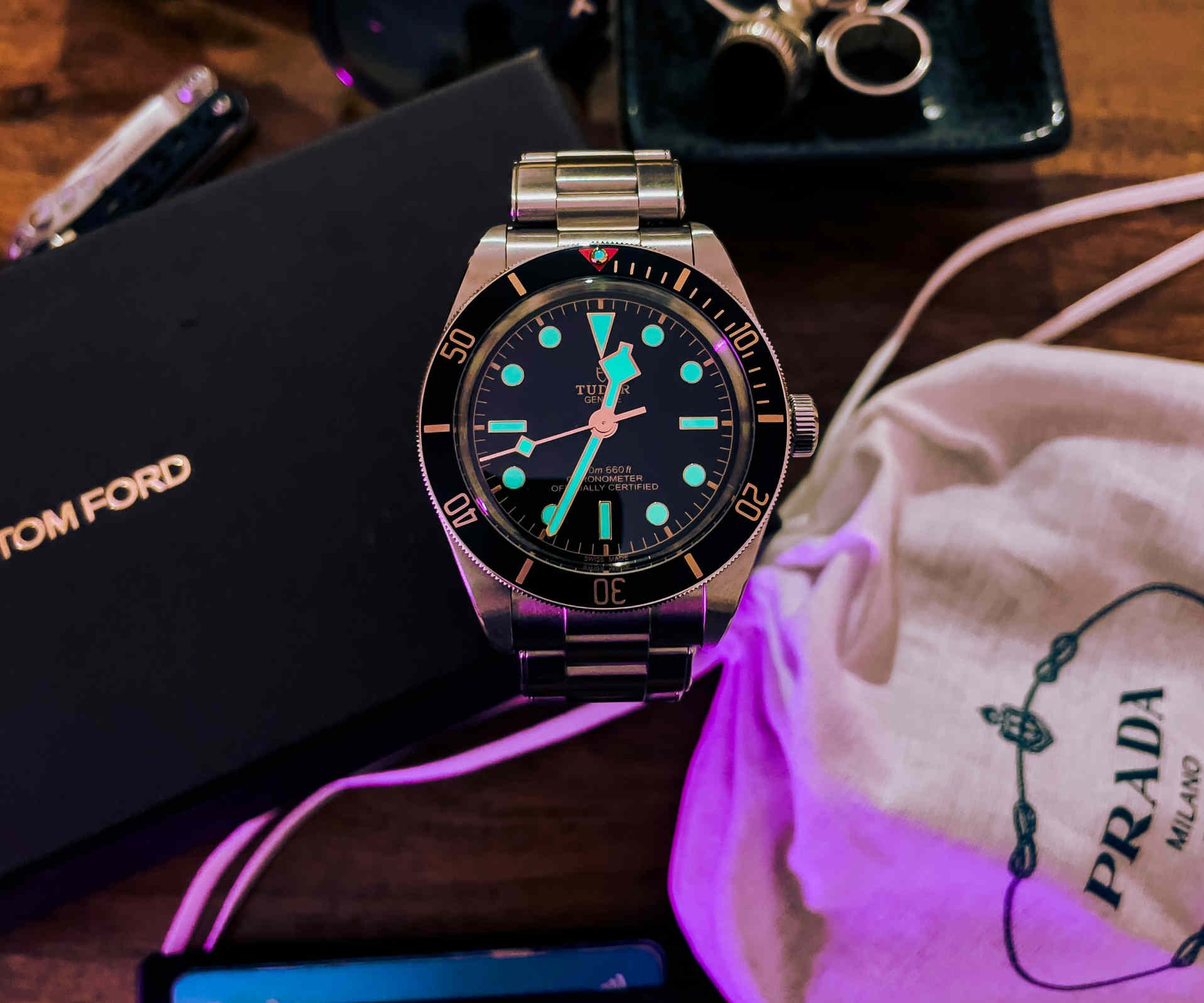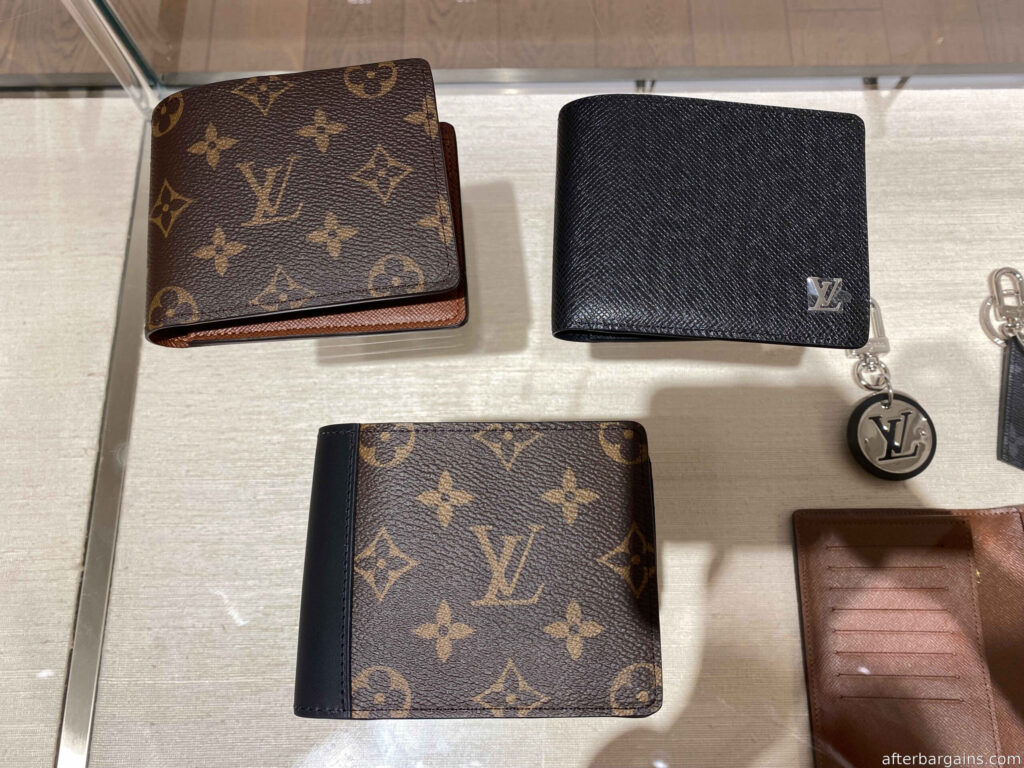
Are Luxury Items Cheaper in Hawaii?
If you are into luxury brands such as Louis Vuitton, Christian Dior, Prada and the like, then you may already be aware that their retail prices are not the same everywhere.
There are a couple of seasons for that.
First and foremost, the stores may be forced to charge more because of government rules and regulations, including things like sales tax rates and VAT. (If you travel internationally, you can sometimes exempt yourself from these fees by shopping duty free.)
Secondly, the companies themselves enjoy wide discretion as to how much they want to charge for their products. Major luxury brands can adjust their pricing on a regional basis. They don’t have to charge everyone the same. It doesn’t sound progressive but the brands can also offer legitimate business reasons for this practice. For example, they can point to logistical expenses which may differ across the regions they operate in.
When comparing the pricing of luxury items in Hawaii vs other U.S. states, its local advantages quickly become apparent.
Both of the price advantages discussed earlier apply to Hawaii in equal measure.

Luxury Items In Hawaii Are Taxed Less
Hawaii’s sales tax is below average. The state sales tax rate is currently 4% and local jurisdictions can add up to 0.5% to that.
In Honolulu/Waikiki, the total sales tax rate comes out to 4.5%. This is significantly less than what you’d have to pay in many other U.S. states. For example, the total sales tax rate for someone in Los Angeles is currently 9.5%. In other words, you’d be paying less than half that amount in sales tax in Hawaii. For every $1000 you spend in Hawaii, you are already saving $50 by virtue of paying a lower sales tax.
Now keep in mind that the United States as a whole is actually a low tax country overall. Many countries in Asia impose much higher taxes and tariffs, especially on luxury goods that are imported. For shoppers visiting Hawaii from places like Japan or China, the tax savings can thus be even greater.
Luxury Items in Hawaii Are Priced for the Asian Market, Not North America
When you travel to Hawaii, you will immediately notice many signs are bilingual and in some cases even multiple languages.
Unlike the U.S. mainland, however, the other language besides English is typically not Spanish but Japanese (and increasingly also Chinese).
Hawaii of course has been a prime destination for Japanese tourists for many decades. They are drawn to Hawaii not just because of the geographic proximity as a tropical island paradise but also the rich Japanese American heritage on the island that is very welcoming to them.
Importantly, Japanese tourists (and for that matter also many other well-heeled tourists coming from other Asian countries) traditionally focus on luxury shopping in Hawaii. It’s not unusual for such affluent shoppers to spend tens of thousands of dollars and up on a single visit.
The luxury brands are well aware of this spending pattern and also compete to increase their sales to this wealthy clientele.
Indeed, the major luxury brands have traditionally assigned Hawaii to their Asia-Pacific divisions rather than the North American market. This has allowed them to justify lower prices compared with the rest of the country while also focusing increasingly on the Asian customers who represent a significant share of their business.
How Much Are Pre-Tax Savings on Luxury Items in Hawaii?
For shoppers from the U.S. mainland, this means there can also be substantial pre-tax savings. Typically, the extra savings amount to about 10%.
Louis Vuitton, Prada, Burberry Gucci all tend to be priced around 10% less on many items. In the past, they tended to have discounts over 20% but more recently they started to cut back on discounts. Presumably, supply chain pressure and inflation have contributed to firmer pricing.
The exact percentage discount can not only vary by store but also by category (for example, shoes vs accessories) as each brand makes pricing decisions independently. Even now some items may be me more than 20% off.
It’s important to compare local prices you are quoted in stores with the regular U.S. prices you see on the company website. Typically, they should be lower but as with everything in life, there can be exceptions!
When in doubt, you can always ask the salesperson to clarify the savings for you. Don’t worry, they won’t be taken by surprise. They all know tourists are shopping in their stores for the extra savings and they have been trained to know this and help you in that respect.
Note that some of the brands will also have other types of incentives. For example, the Christian Dior store in Waikiki offered to waive sales tax, which essentially meant duty free shopping for everyone. For what it’s worth, they also mentioned this benefit would go away next year. Not sure if that was just a sales pitch to create urgency or is really going to happen.
Either way, if you happen to be in Hawaii, you can’t go wrong stopping by some of these luxury stores. The total combined savings of a lower tax rate and lower pre-tax prices can easily exceed 15% to 20%. Even if you are not shopping for yourself, you can always offer to buy for friends and family.
One last thing to keep in mind is to plan ahead. The luxury stores all accept walk-ins but the more popular stores often have lines out the door, especially on weekends. You may not be used to this elsewhere in the U.S. but that’s the current state of affairs in Hawaii. If you can make the time, it’s preferable to call the store in advance or go on their website to make an appointment with a sales associate.
